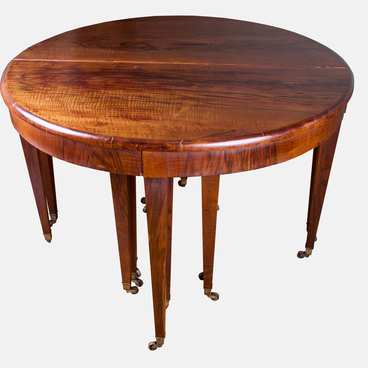Tatyana Petrovna Nikolayeva was a pianist, a teacher, a composer, a public figure, a People’s Artist of the USSR, and a professor at the Moscow Conservatory. She was born on May 4, 1924, in the city of Bezhitsa, Bryansk Region. Her father, Pyotr Nikolayevich, came from a peasant class, studied to be a pharmacist and was an amateur musician. Her mother, Zoya Apollonovna, came from a family of hereditary nobles, she graduated from the Moscow Conservatory in the class of Alexander Goldenweiser, and to a large extent this shaped her daughter’s path.
Tatyana Nikolayeva received her first music lessons from her mother, who taught piano. In 1937, the girl entered the Goldenweiser music school. In 1947, she graduated with honors from the Moscow Conservatory and entered the graduate school at the conservatory. Due to the difficult financial situation in the family, Tatyana was forced to work as an accompanist at the Higher School of Military Kapellmasters and at a music school. While still a student at the Moscow Conservatory, she gave her first concert, and in 1945 became a soloist with the Moscow Philharmonic. As a pianist, Nikolayeva was noted for her excellent technique, varied touches, beauty of sound, monumental performance interpretations, and a penchant for cyclical forms. Her repertoire was huge and included works by Bach, Beethoven, Scarlatti, Mozart, Schubert, Chopin, Schumann, Liszt, Brahms, Bartok, Rachmaninoff, Scriabin, Prokofiev, Myaskovsky and many others. From 1959, Tatyana Petrovna taught at the Moscow Conservatory at the Department of Special Piano. She composed many musical works, including the symphonic picture “Borodino Field” and the vocal cycle “Iceland”.
Tatyana Nikolayeva was a laureate of many all-Union and international competitions: the International Competition of Performing Musicians at the First World Festival of Youth and Students in Prague, the first International Bach Piano Competition. She had many awards: “For the Victory over Germany”, “For Valiant Labor in the Great Patriotic War of 1941–1945”, and the Order “For Contribution to Polish Culture”.




